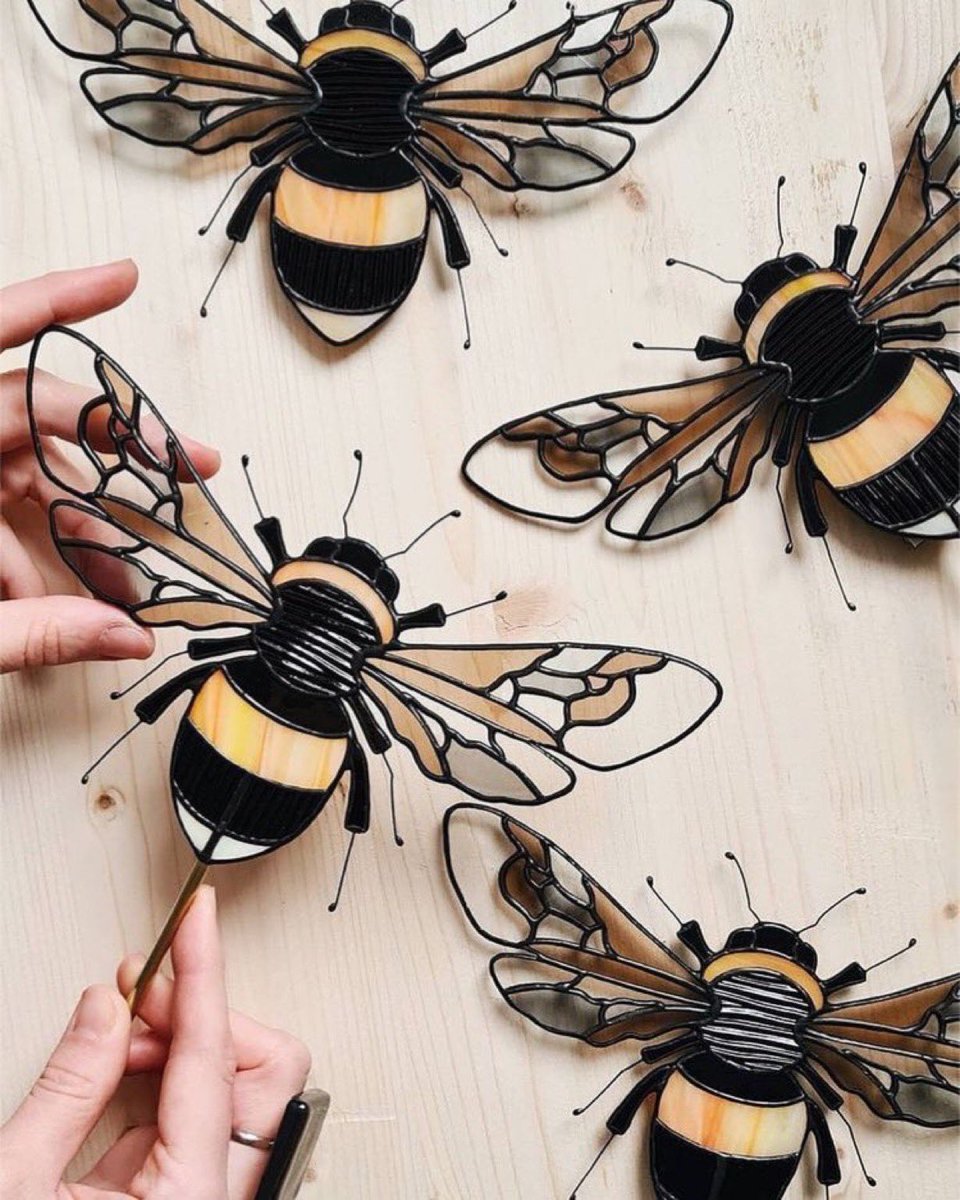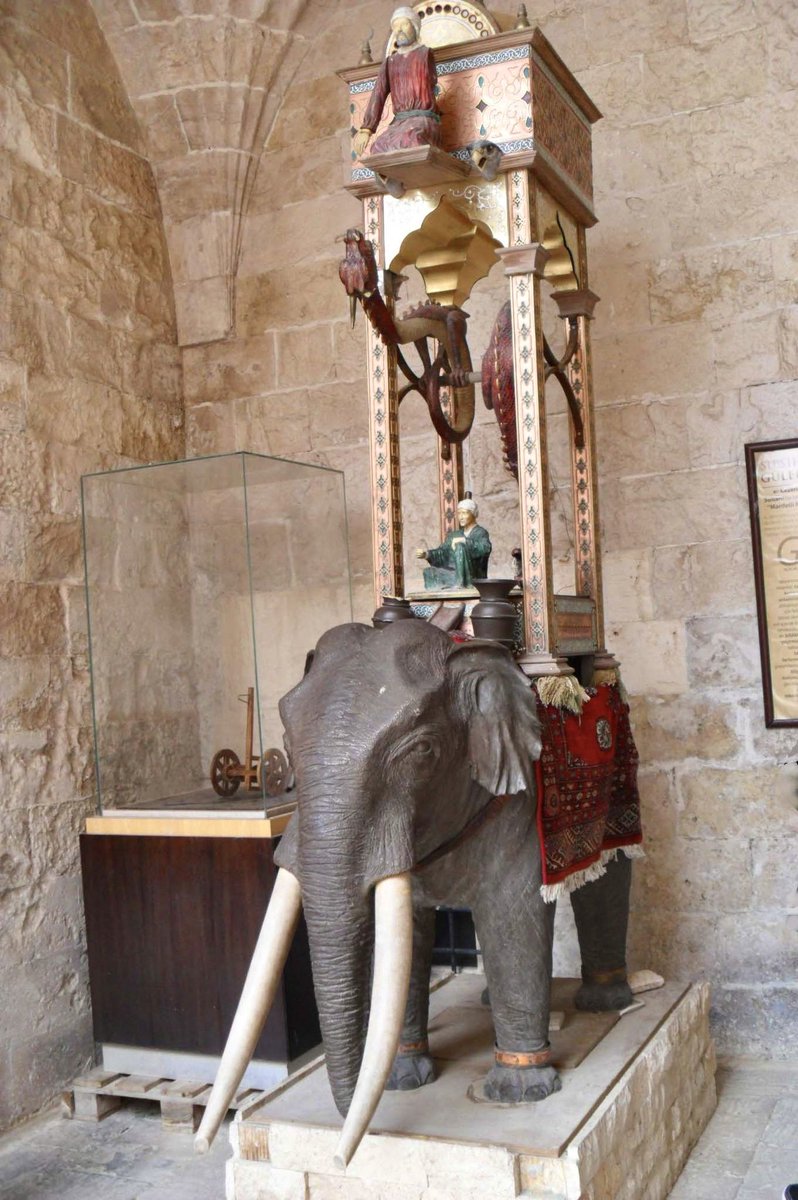
Photography at night allows us to see our dark surroundings in vastly different ways than our eyes perceive. Taking photos at night is often challenging, but the results are spectacular.
For World Photography Day, here are 22 mosques captured at night #JummaMubarak
A thread…
For World Photography Day, here are 22 mosques captured at night #JummaMubarak
A thread…

• • •
Missing some Tweet in this thread? You can try to
force a refresh






































